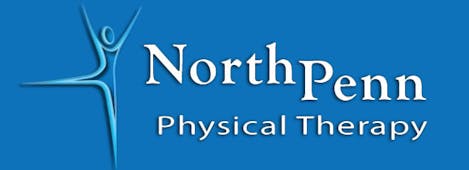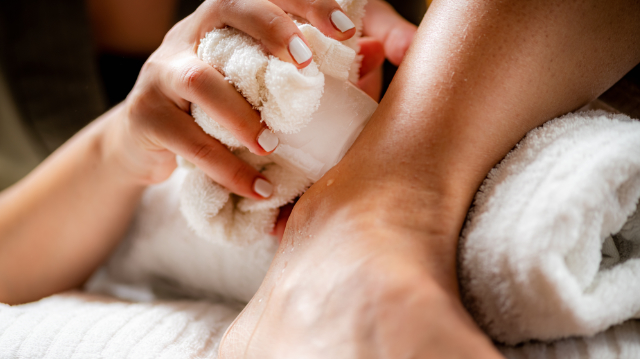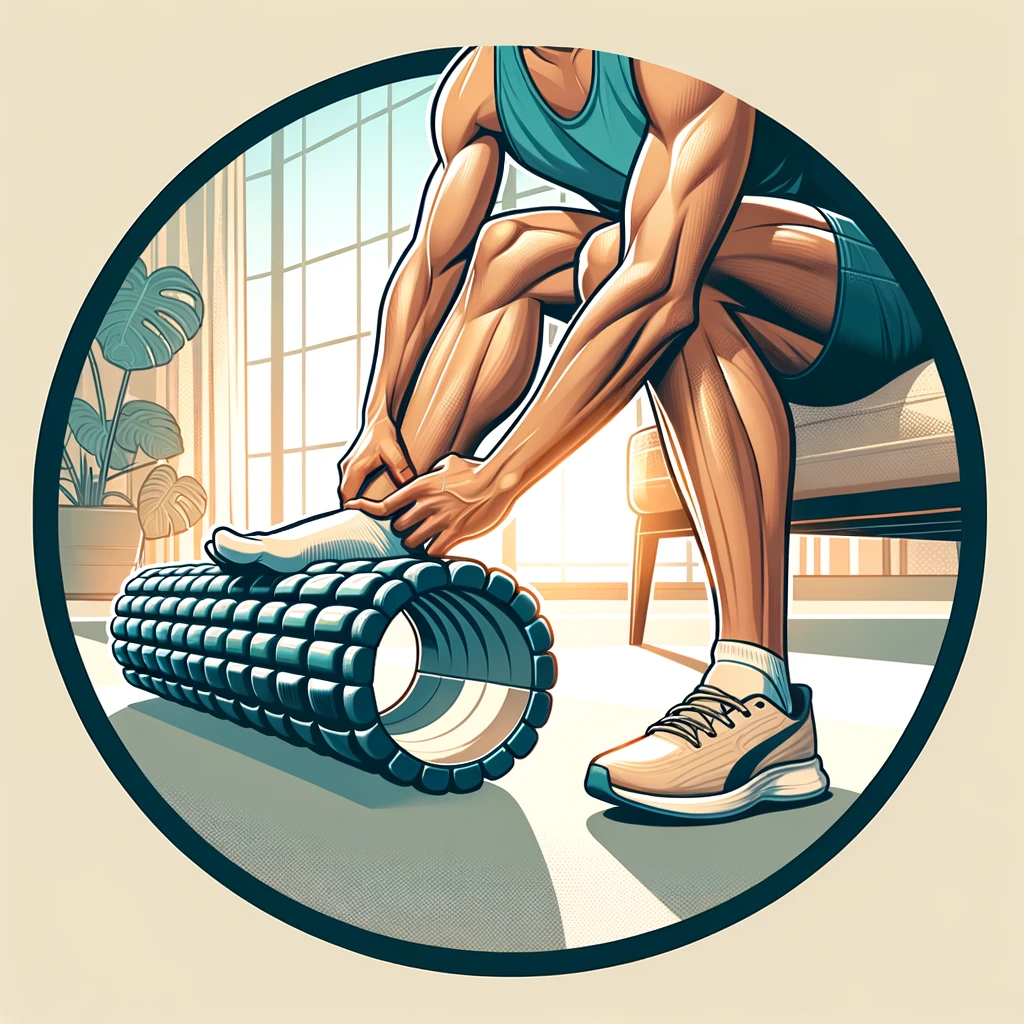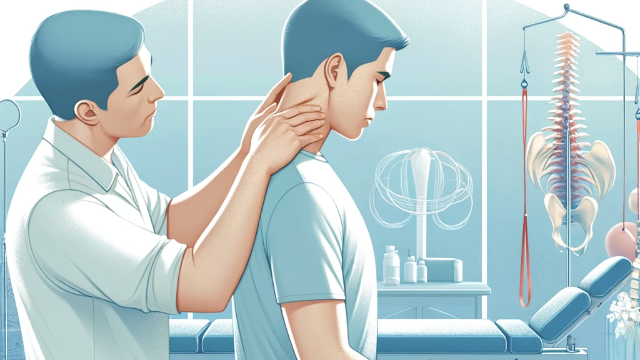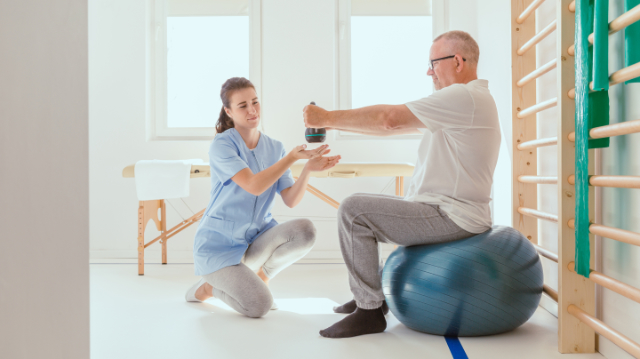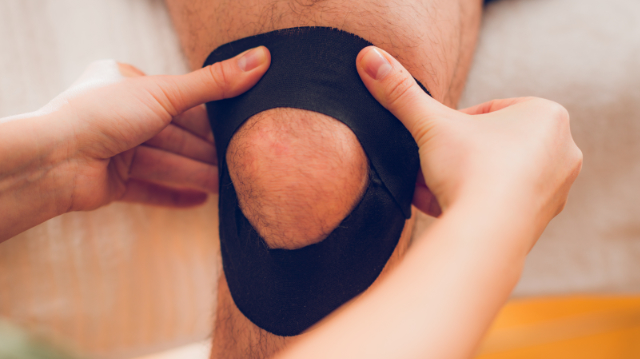
Neck pain and whiplash are common issues that can impact your daily life significantly. This guide aims to deepen your understanding of these conditions, from their causes to effective treatments and preventive measures.
What are Neck Pain and Whiplash?
Neck pain refers to discomfort in any of the structures in the neck, including muscles, nerves, vertebrae, and the disks in between. Whiplash is a type of neck pain that occurs when the neck is forcefully moved back and forth, often due to sudden impacts.
Common Causes
- Auto Accidents: A leading cause of whiplash, where the sudden stop of a vehicle causes the head to jerk violently.
- Sports Injuries: Contact sports or sudden movements can also lead to neck injuries similar to whiplash.
- Poor Posture: Long periods spent in front of screens without proper ergonomic support can strain the neck.
Treatment through Physical Therapy
Physical therapists are at the forefront of providing conservative and effective treatment for neck pain and whiplash. Treatments may include:
- Pain Management Techniques: Such as hot or cold therapy, electrical stimulation, or other passive modalities.
- Manual Therapy: Hands–on techniques to reduce muscle tension, release tight muscles, and improve movement.
- Strengthening Exercises: Custom exercises to build muscle support around the neck and prevent future injuries.
In most cases, whiplash injuries resulting in neck pain are self–limiting. This means in time the almost always go away. An understanding of this is critical. Sometimes it takes months for soft tissue structures to heal, but given enough time, progressive exercises, and expert guidance, a full recovery can be achieved.
Prevention Tips
Here some simple advice to help avoid neck pain and whiplash injury.
- Adjust your workspace to promote good posture.
- Take regular breaks to stretch if you spend a lot of time sitting.
- Strengthen and stretch neck muscles regularly.
- Always wear a seatbelt properly to reduce the risk of whiplash in an accident.
- Adjust your car seat headrest so the top of the headrest is above the top of your head.
Call to Action
If you're experiencing neck pain or suspect you have whiplash, it's crucial to seek professional advice. Physical therapists can provide personalized care plans to help manage your symptoms and prevent future injuries. Remember, taking proactive steps towards proper posture and ergonomics can significantly reduce your risk of developing neck pain and whiplash.
For more detailed information on managing and preventing neck pain and whiplash, visit the Journal of Physiotherapy.
